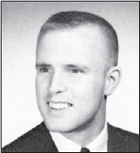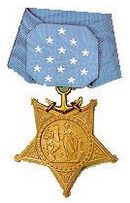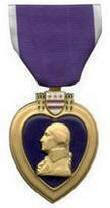Terry Graves
| Date and Place of Birth: | July 6, 1945 Corpus Christi, TX |
| Date and Place of Death: | February 16, 1968 near Dong Ha, Quang Tri Province, South Vietnam |
| Baseball Experience: | College |
| Position: | Catcher |
| Rank: | Second Lieutenant |
| Military Unit: | 3rd Force Reconnaissance Company, 3rd Reconnaissance Battalion, 3rd Marine Division USMC |
| Area Served: | Vietnam |
Terrence C. "Terry" Graves, the son of Leslie and Marjorie Graves, was
born in Corpus Christi, Texas on July 6, 1945, and grew up in Gorton,
New York, where his father, a former Navy officer, began a career in
teaching and public school administration.
Terry attended Edmeston Central High School in Edmeston, New York, where
his father was supervising principal, and starred in baseball,
basketball and football, earning all-Otsego County honors in the former
two sports. In 1962. he played basketball with the Warren Beverage
Semi-Pros.
Graves graduated from high school in 1963 and attended Miami Univeristy,
Ohio, on a Naval Reserve Officer Training Corps scholarship. A
hard-hitting catcher, he continued to play baseball in New York with
town teams in Edmeston and Cooperstown, leading the latter to the
Tri-County League championship in 1963.
Graves was a battalion commander in the Naval ROTC program at Miami, and
played varsity baseball his junior year. He received a second
lieutenant's commission in April 1967, won the American Legion Award for
military excellence and the Bruce W. Card Memorial trophy for the top
ranking senior Marine option student, and graduated with a Bachelor of
Arts in history and English.
Engaged to Miss Sylvia Beam of Louisville, Kentucky, Graves went
straight into service with the Marines. He completed basic training at
Quantico, Virginia, in November 1967, was commissioned a second
lieutenant , and arrived in Vietnam in December 1967, assigned to the
3rd Force Reconnaissance Company, 3rd Reconnaissance Battalion, 3rd
Marine Division. Two months after his arrival, team Box Score,
consisting of six enlisted Marines and a corpsman under the command of
2nd Lt. Graves, participated in a reconnaissance mission northwest of
Dong Ha. By the afternoon of the following day, the small recon team was
engaged in heavy combat with two companies of the North Vietnamese Army.
Graves ordered his team to a new position for extraction while
simultaneously calling for indirect fire support. Wounded in the thigh,
he refused medical attention, ensuring, instead, that the corpsmen
attend to the other wounded Marines.
Despite the heavy concentration of automatic and small arms fire, a
helicopter managed to land to pick up the team of Marines. Realizing
that one of the wounded Marines - Cpl. Danny Slocum - had not climbed
aboard the helicopter, Graves jumped off the craft and ordered it to
lift off without him.
One of the Marines who survived that afternoon, said, "What Lieutenant
Graves did was the bravest thing I've ever seen."
Another Marine joined Graves prior to the helicopter lifting off, and
the three men continued to fight. Low on ammunition, they moved to a new
extraction point from where Graves continued to call for fire support
until a second helicopter arrived. The trio boarded the second
helicopter, but intensive enemy fire hit the craft and it crashed
shortly after take off, killing all aboard except Slocum.
Miraculously,Corporal Slocum managed to evade capture and was eventually
rescued.
For his conspicuous gallantry and intrepidity, 2nd Lt. Graves was
posthumously awarded the Medal of Honor, the United States' highest
military honor.
His parents, together with his fiancee, Sylvia, accepted the award on
his behalf from vice-president Spiro T. Agnew in Washington on December
2, 1969.
Graves Hall at Quantico Marine Base was named in his honor in 1973. On
July 7, 2001 a granite memorial was dedicated to him at the Groton
Municipal Park, New York, from donations totalling $50,000. Donations
came from all over the United States, particularly from Marines, and
remaining funds not used in constructing the memorial went to the newly
formed Terrence Graves Memorial Scholarship.
The Miami University NROTC unit has Graves' Medal of Honor and Citation
on display in the Terry Graves Memorial Lounge in Millett Hall.
Lieutenant Graves is buried at Woodlawn Cemetery, Hamilton, New York.
Medal of Honor Citation
For conspicuous gallantry and intrepidity at the risk of his life above
and beyond the call of duty as a Platoon Commander with the Third Force
Reconnaissance Company, Third Reconnaissance Battalion, Third Marine
Division, in the Republic of Vietnam on 16 February 1968. While on a
large-range reconnaissance mission, Lieutenant Grave's eight-man patrol
observed seven enemy soldiers approaching their position. Reacting
instantly, he deployed his men and directed their fire on the
approaching enemy. After the fire had ceased, he and two patrol members
commenced a search of the area, and suddenly came under a heavy volume
of hostile small arms and automatic weapons fire from a numerically
superior enemy force.
When one of his men was hit by enemy fire, Lieutenant Graves moved
through the fire-swept area to his radio and, while directing
suppressive fire from his men, requested air support and adjusted a
heavy volume of artillery and helicopter gunship fire upon the enemy.
After attending the wounded, Lieutenant Graves, accompanied by another
Marine, moved from his relatively safe position to confirm the results
of the earlier engagement. Observing that several of the enemy were
still alive, he launched a determined assault, eliminating the remaining
enemy troops. He then began moving the patrol to a landing zone for
extraction, when the unit again came under intense fire which wounded
two more Marines and Lieutenant Graves. Refusing medical attention, he
once more adjusted air strikes and artillery fire upon the enemy while
directing the fire of his men. He led his men to a new landing site into
which he skillfully guided the in-coming aircraft and boarded his men
while remaining exposed to the hostile fire. Realizing that one of the
wounded had not embarked, he directed the aircraft to depart and, along
with another Marine, moved to the side of the causality.
Confronted with a shortage of ammunition, Lieutenant Graves utilized
supporting arms and directed fire until a second helicopter arrived. At
this point, the volume of enemy fire intensified, hitting the helicopter
and causing it to crash shortly after liftoff. All aboard were killed.
Lieutenant Graves' outstanding courage, superb leadership and
indomitable fighting spirit throughout the day were in keeping with the
highest traditions of the Marine Corps and the United States Naval
Service. He gallantly gave his life for his country.
Richard M. Nixon
President of the United States
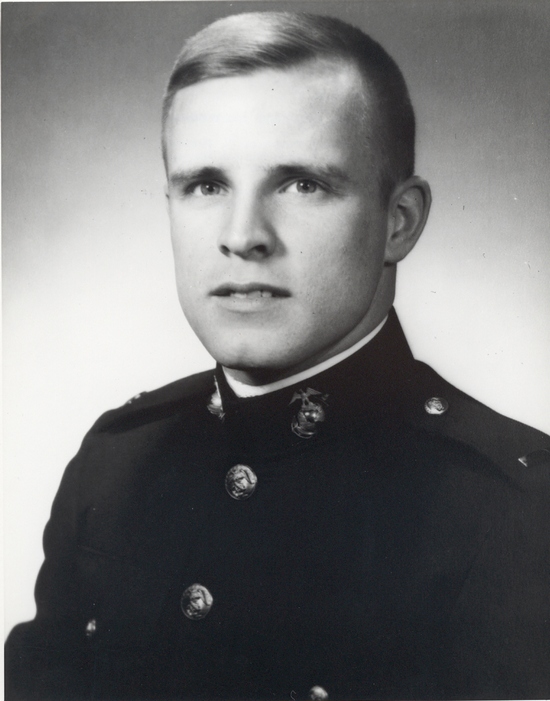
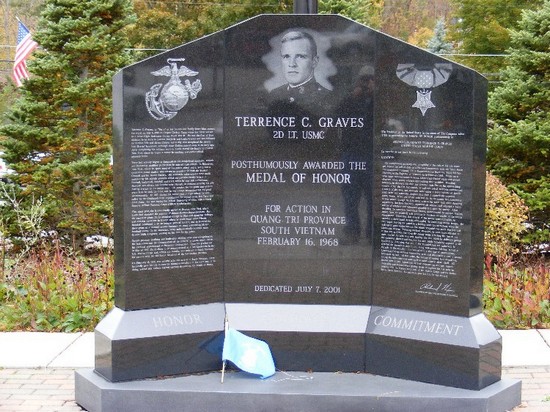
2nd Lt. Terrence Graves' memorial at Groton Municipal Park, New York
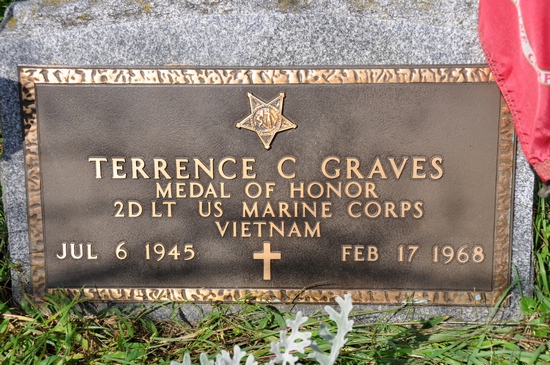
The grave marker of 2nd Lt. Terrence C. Graves at Woodlawn Cemetery, Hamilton, New York.
Date Added: May 30, 2015
Can you add more information to this biography and help make it the best online resourse for this player? Contact us by email
Read Baseball's Greatest Sacrifice Through The Years - an online year-by-year account of military related deaths of ballplayers
Baseball's Greatest Sacrifice is associated with Baseball Almanac
Baseball's Greatest Sacrifice is proud to be sponsored by

